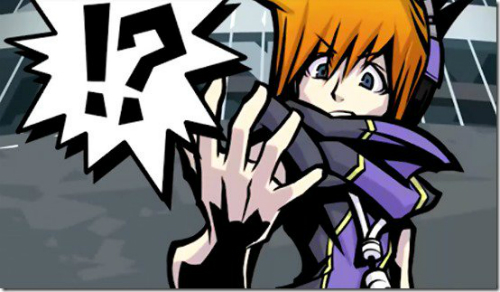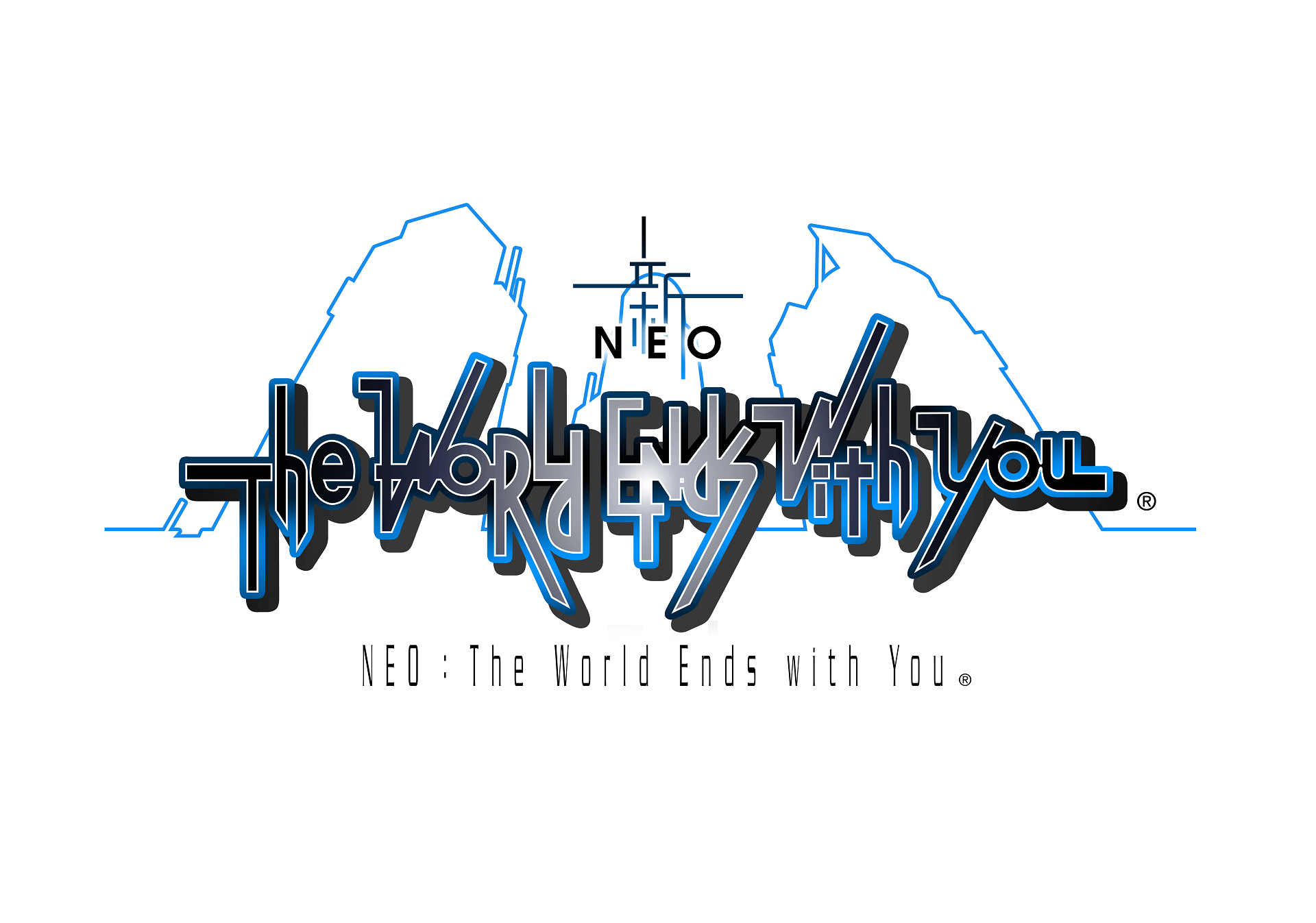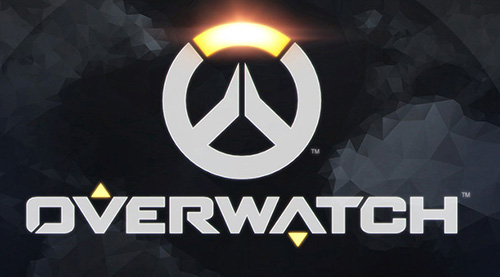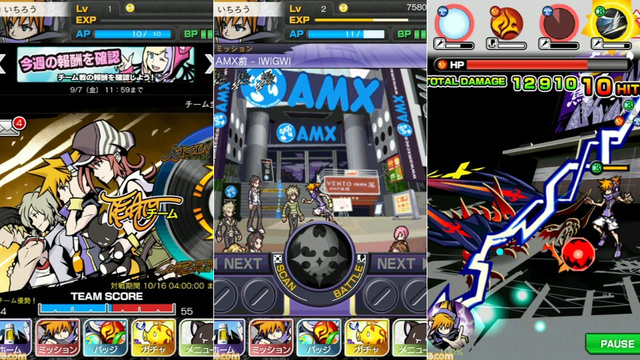
Decades since I got my Nintendo DS Lite, I would say that it was easily my favourite system. In addition to the typical Nintendo stalwarts, the system was also home to myriad inventive new IP and interesting ideas. One of my favourite games in the system is one that was promptly ignored and faded back into obscurity for years – The World Ends With You. For ages, all the series got was a port to iOS and nothing else; until it suddenly re-emerged from the cold with a Switch port. Suddenly, it felt like we could finally see a new game. Plenty more time later and we’ve finally got what sequel, Neo: The World Ends With You, which is an enjoyable modernisation of the formula Square Enix presented all that time ago.
Neo: The World Ends With You follows a new protagonist, Rin, as he finds himself thrust into the Reaper’s game. With no understanding of why he’s there and what’s happening, much like Neku in the first game, he’s unaware of his death and his new circumstances. His gradual learning of his circumstances and of the new world he finds himself in make up much of the early game, but it quickly begins to twist and turn in new, interesting directions as you progress. The story is largely well written, with some compelling overtones and moments, but many of the character’s frequent idioms get zetta-annoying fast. Coupled with voice acting that is largely great, but held back by annoying catch phrases and language shifts, the story of the game kept me coming back for more during my time with it.
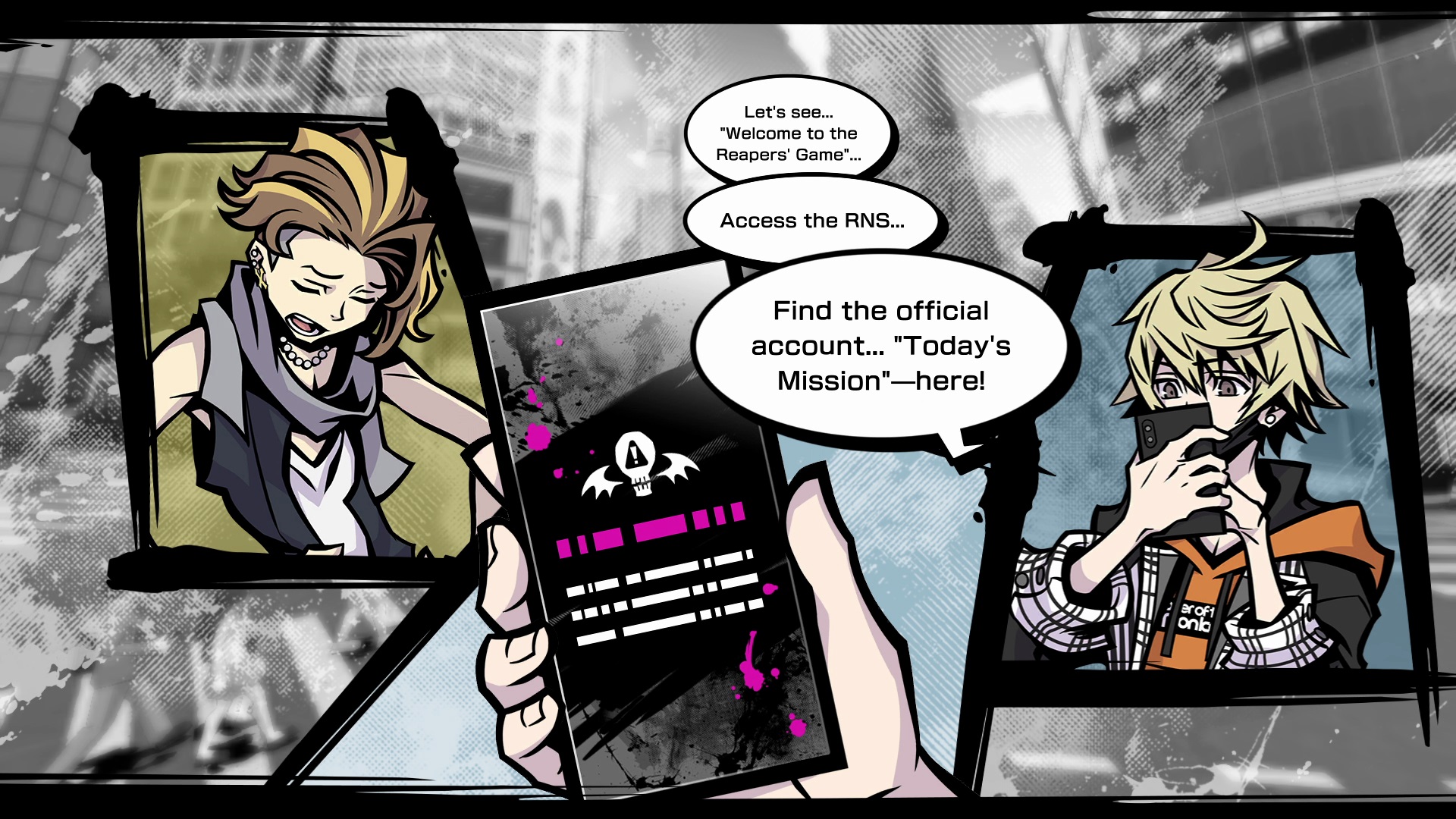
Where Neo: The World Ends With You really nails the style of the original games is in its visuals and music. The first game had a distinct, anime-esque 2D art style that looked different to most other games at the time. It focused on a modern style influenced by streetwear and it was fantastic to look at. The sequel has nailed transitioning that same style into a 3D world, with environments, characters and enemies all absolutely nailing that style and looking great. The music also feels totally appropriate for the style and works they set up decades ago, with plenty of high tempo tracks that get the blood pumping. With that said, a couple of the tracks are pretty harsh on the ears, and tracks are force restarted when you open and close the game’s menus – something you’re expected to do pretty often.
Much like the in its predecessor, a lot of your time in the game will be spent collecting pins and clothing. Clothing is a little different than in the past, providing base stats and additional effects if you’re at a fashion level. Pins are your life, with each assigning an attack or support ability to your party when equipped. As you use them in combat they’ll gradually level up, gaining power and sometimes even evolving into a more powerful form. Where the game differs from the original al is in its inclusion of new in-game abilities, such as Fret’s ability to jog people’s memories. These abilities include in world justifications and are important in story contexts, but outside of the story are underutilised and aren’t mechanically interesting.
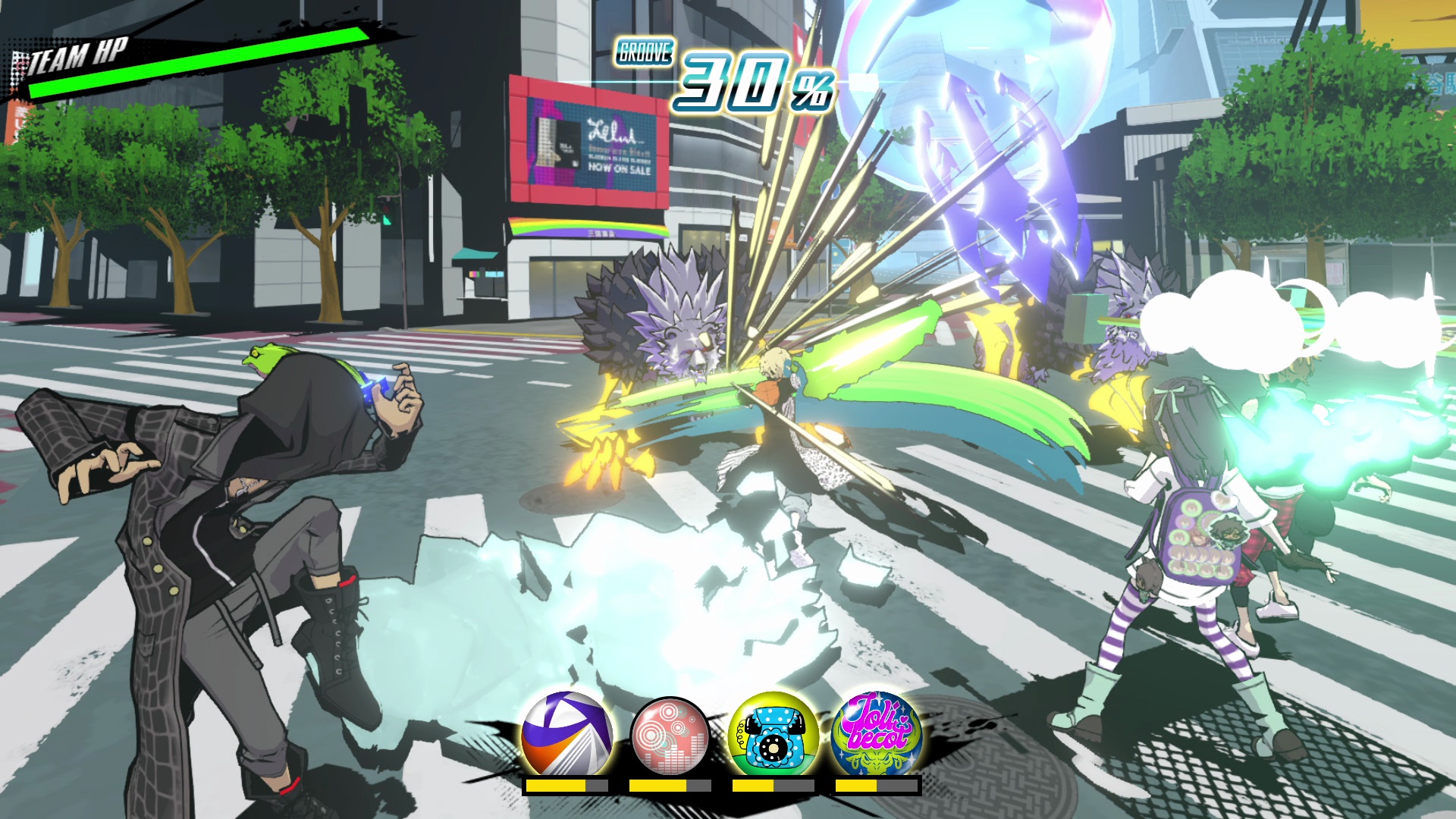
Where the game is generally at its best, and infrequently at its worst, is in combat. Unlike the dual screen two-character system of the past, now combat has you controlling up to a party of four characters at any time. Each character is assigned a single pin (attack) which is triggered by holding or pressing a button on your controller. This allows for you to maintain a party of distinct characters, while also giving your pretty much full control through battle. Where combat is at its best is when you learn the rhythm of your pins and start chaining attacks together. You’ll quickly learn to rattle off long chains of attacks, using different pins to set up optimal conditions for each attack. Time it all correctly and you’ll also build up a gauge allowing you to trigger a boosted attack, which makes mince meat out of regular enemies. The ability to chain multiple enemy groups together and alter your own level, both of which provide additional rewards, also makes combat largely customisable to your preferred difficulty level.
Combat tends to be at its worst in two scenarios: suddenly difficulty spikes and enemies that feel like damage sponges. Both of these tend to occur in either boss encounters or optional sections where you’re clearing Noise out of a person’s mind. In both of these, I found there would be sudden difficulty spikes far beyond anything I’d encountered up until that point, forcing me to restart from game over. It was quite jarring to be effortlessly wiping out chains of enemies only to suddenly hit a wall with no warning. There are also plenty of bosses that felt like damage sponges, with combat taking long enough that I grew tired and bored. Some better balancing would have gone a long way here.
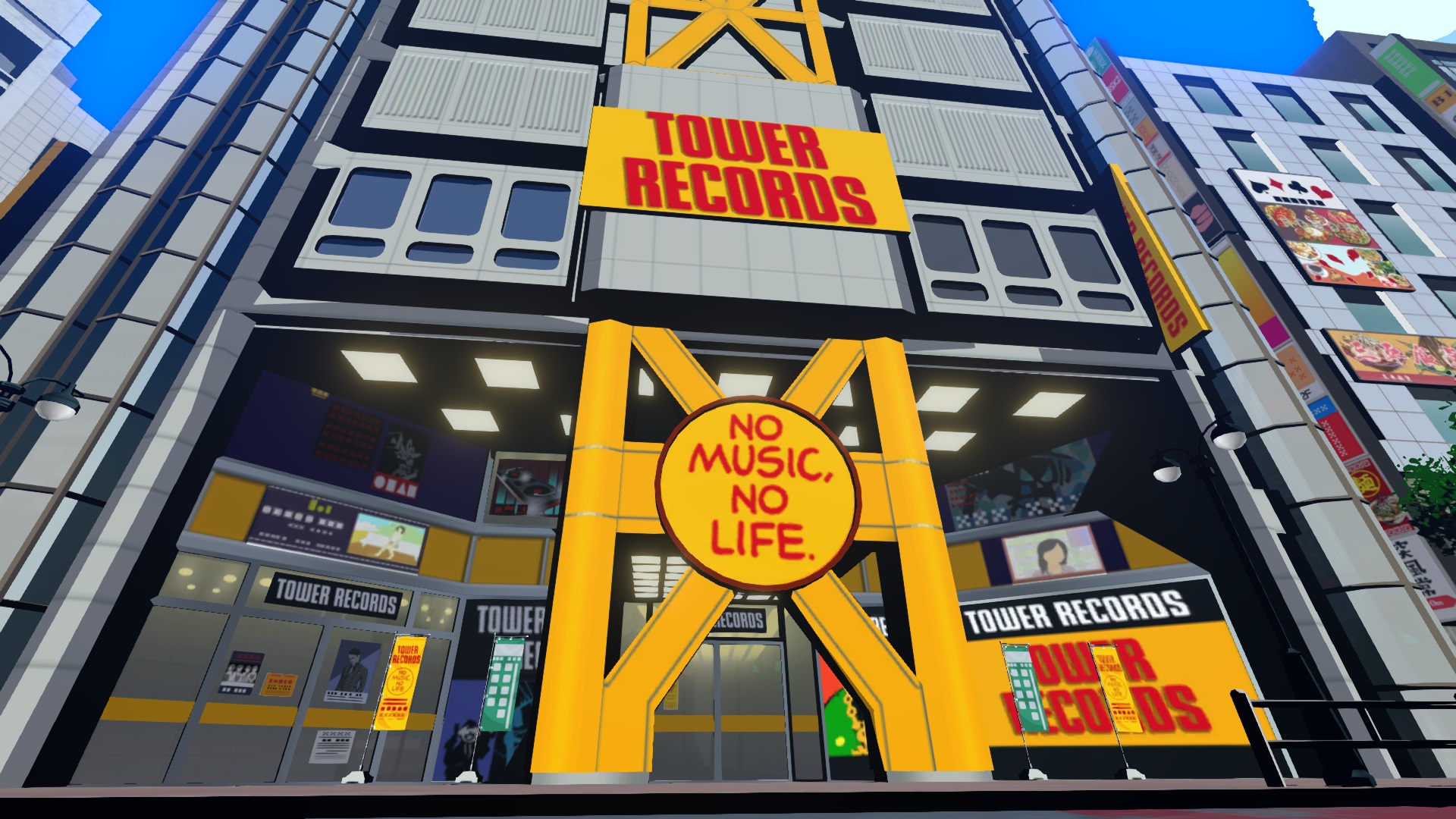
Overall, Neo: The World Ends With You is an enjoyable RPG and follow up to its predecessor. Its combat is largely enjoyable, its story interesting and its characters endearing. It’s hampered by some annoying characterisations and instances of difficulty spikes, but these don’t take away from the experience too much. If you’re looking for a new action RPG or you’re a massive fan of the original, you won’t go wrong here.
Neo: The World Ends With You was played on a PlayStation 5 via backwards compatibility with a copy provided by the publisher. The game is also available on Nintendo Switch. For more information, check the official website.
- Fantastic sense of style - Combat is mechanically interesting - Story takes some fun twists and turns
- Frustrating difficulty spikes and damage sponge bosses - New abilities aren't always interesting to use

